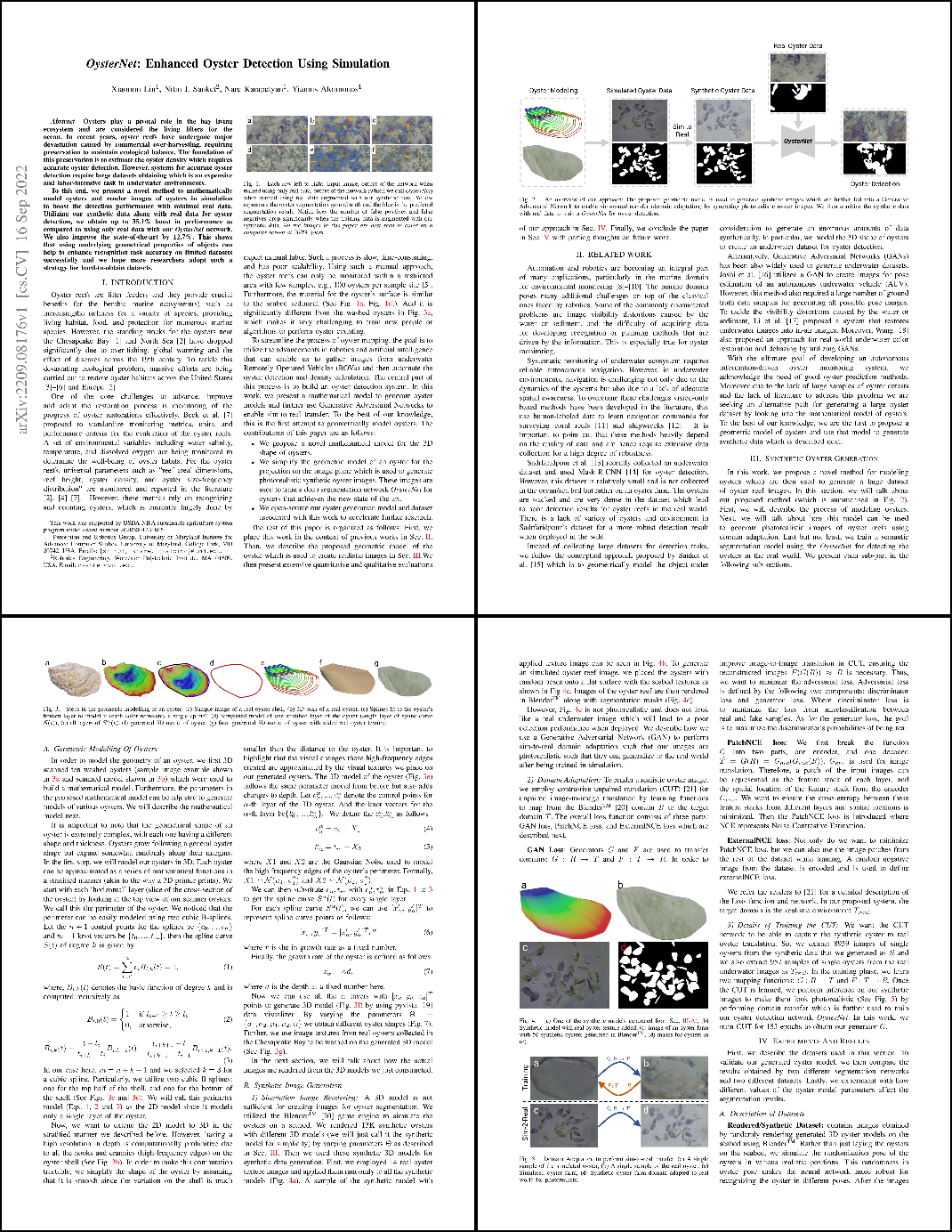Figure 1: Each row left to right: Input image, output of the network when
trained using only real data, output of the network (which we call OysterNet)
when trained using real data augmented with our synthetic data. Yellow
represents the oyster segmentation ground truth and the blue is the predicted
segmentation result. Notice how the number of false positives and false
negatives drop significantly when the training data is augmented with our
synthetic data.
Oysters play a pivotal role in the bay living
ecosystem and are considered the living filters for the
ocean. In recent years, oyster reefs have undergone major
devastation caused by commercial over-harvesting, requiring
preservation to maintain ecological balance. The foundation of
this preservation is to estimate the oyster density which requires
accurate oyster detection. However, systems for accurate oyster
detection require large datasets obtaining which is an expensive
and labor-intensive task in underwater environments.
To this end, we present a novel method to mathematically
model oysters and render images of oysters in simulation
to boost the detection performance with minimal real data.
Utilizing our synthetic data along with real data for oyster
detection, we obtain up to 35.1% boost in performance as
compared to using only real data with our OysterNet network.
We also improve the state-of-the-art by 12.7%. This shows
that using underlying geometrical properties of objects can
help to enhance recognition task accuracy on limited datasets
successfully and we hope more researchers adopt such a
strategy for hard-to-obtain datasets.

